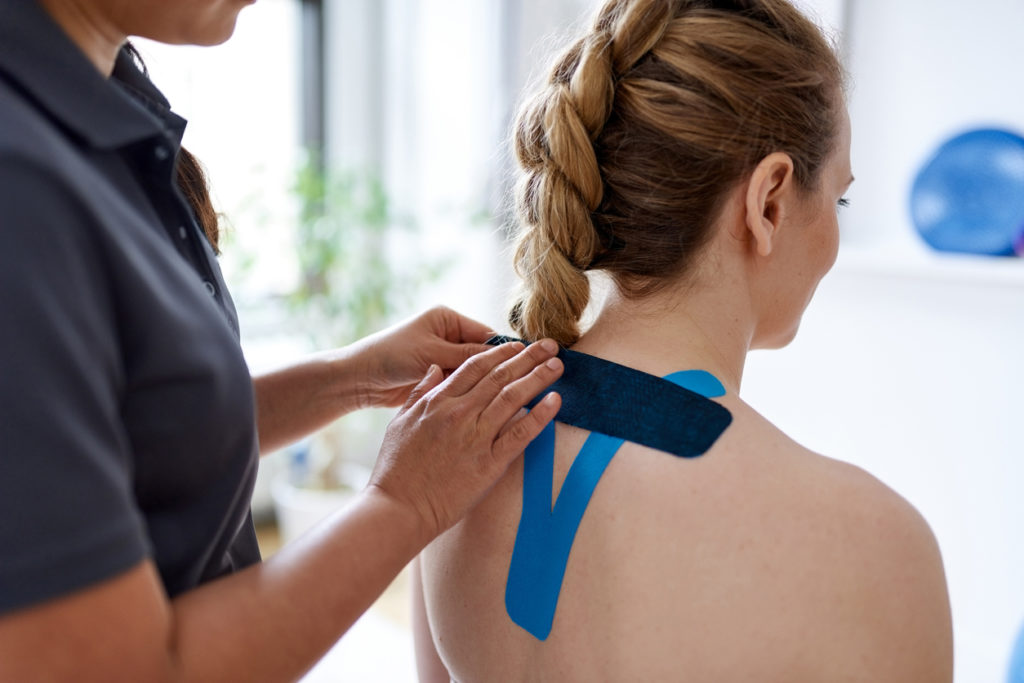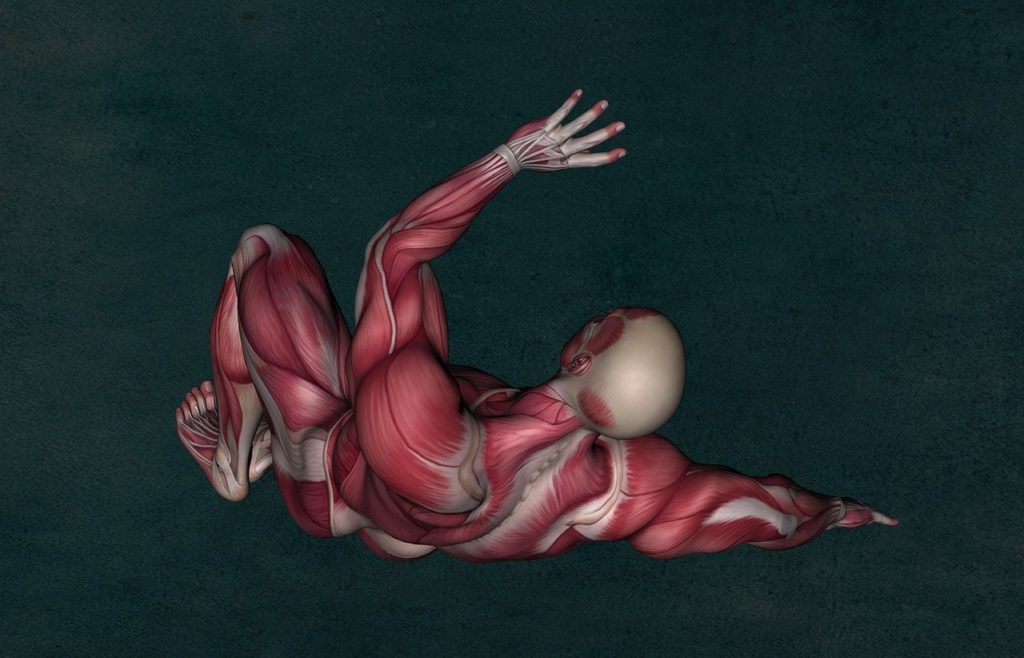Neuro-proprioceptive taping is a therapeutic treatment primarily aimed at relieving minor muscle and joint pain. It involves placing elastic bands or tapes, similar to skin, on the affected areas of the body. This technique was developed in the 1970s by the Japanese chiropractor Kenzo Kaze.
It was in 1988, during the Seoul Olympic Games, that this practice became known worldwide, and more recently during the London Olympic Games in 2012. Thus, if neuro-proprioceptive tapping was mainly adopted by professional athletes, this treatment is gradually gaining popularity among amateur athletes, and even among the general public.
What is the principle of neuro-proprioceptive taping?
This treatment is effective because of the activation of the neurological and circulatory systems when the tape is applied. The tape lifts the epidermis, creating more space between the upper layer of the skin and the underlying muscles.
This space reduces pressure on the lymphatic channels and improves lymphatic drainage through the area being taped. Because of the increased space between the skin and muscle, the pressure on the pain receptors is also reduced.
This helps to reduce swelling and pain in injured areas. In addition, the increased blood flow to and from the muscle provides more oxygen and nutrients. This helps to repair damaged tissue on the one hand, and to remove tissue waste when muscles are fatigued on the other.
Neuro-proprioceptive taping functions
Pain relief:
As the nociceptors (sensory pain receptors) are located directly under the skin, the action of the tape provides rapid relief from pain following a serious injury. This is particularly effective for pain that is not proportional to the severity of an injury, or pain that persists after healing.
Reduction of swelling, inflammation, cramps:
Reducing the pressure of the lymphatic drainage channels helps to remove fluids and other bodies that collect in an injured area. This applies not only to sports injuries, but also to inflammatory conditions, including white and red oedema.
The haematoma disappears after a few days of taping. It also increases endurance and allows for a faster and more complete recovery between repetitive and high-intensity events.
Structural support for injured or dysfunctional body parts:
The unique elastic properties of the bands allow the body to support an affected muscle or injured joint.
Muscle tone in hypotonic muscles:
In these situations, weakness can interfere with daily function or the ability to perform exercises essential to recovery. The kinesiology tape can not only restore muscle tone, but also allow therapeutic exercises to be performed more effectively.
This treatment is often used on infants and young children with limitations in their ability to learn to sit up, crawl, etc. With medical advances, neuro-proprioceptive tapping may also be a solution for neurodegenerative diseases.
The characteristics of tapping
- Tension: Being an elastic tape, the tension of the tape determines its mode of action. Its elastic qualities weaken after 5 days. It can be stretched lengthwise. However, different shapes exist depending on the use.
- Thickness: it is close to that of the epidermis to have a mechanical similarity and not to hinder movement.
- Composition: the tape is made of cotton to be permeable to air. The acrylic glue is hypoallergenic and activated by heat. A simple rubbing with the hand or fingers will raise the heat of the tape. The tapes are available in a variety of colours according to preference.
How to apply the tapes?
- Cut to length
- Rounding the corners to avoid premature detachment
- Position the patient in the correct position
- Define the direction of the tape (depends on the desired treatment)
- Do not apply tension to the ends
- Warm the bandage once applied by rubbing it
Method for applying the bandages according to the treatment
Muscular toner
The tension of the tape should be 50% in the direction of the muscle fibres from the point of origin of the muscle insertion to the point of termination. The application is done on a stretching muscle. This type of tension is essentially done on a muscle in hypotonia.
Muscular relaxation
The tension of the band should be 25% in the direction of the muscle fibres from the distal insertion point to the point of origin. The application is done on a stretching muscle. This type of tensioning is mainly done on a stretching muscle.
Tapping as an analgesic
Focusing on the pain, the tension of the band should be 50% in a crossed position. The crossing is on the painful point, the muscle should be in neutral position. This treatment is very useful for an interscapular sore spot or tendinopathy.
Tapping as mechanical support
The tension of the tape should be 50-90% on a relaxed muscle. This treatment is particularly effective in supporting a joint such as the ulnar-navicular compound in the arch of the foot, or on an external ankle sprain.
Mixed mountings
It is quite possible to combine the above techniques. This is the case for ankle sprains, painful muscle chains, etc.
Thus, the neuro-proprioceptive tapping method is a method with a high level of effectiveness. However, some people do not experience the optimal effects of taping due to poorly positioned tapes or if the injury is beyond the scope of taping. In particular, the tape cannot repair torn muscles. It is therefore advisable to consult a chiropractor in each case.





